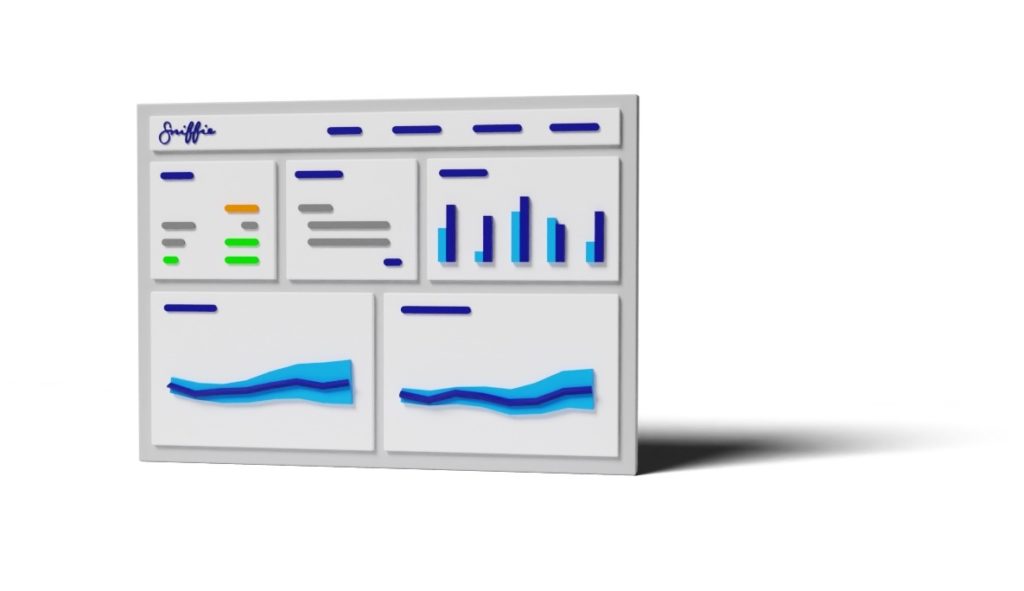It is all too common for big brands to experience market cannibalization when they start marketing new products – this happens when the new product launches lower the sales of existing products from the same company.
Having the right pricing strategy is vital for businesses, but it is a point of concern when they experience lower sales of established products just because they introduced new merchandise into the mix.
This usually happens due to a lack of proper market research and clear pricing strategy before launching a new product.
It can also occur if a new version or product variant is too similar or released too soon, hurting the sales volumes of older versions of the company’s products.
What is market cannibalization and how does it work
Market cannibalization is also called corporate cannibalism and happens when a new product starts to capture the existing market of an older product.
It’s a double-edged sword because although the new product experiences growth, the overall market share for the company doesn’t increase, while costs certainly do.
No one wants to cannibalize their own offerings intentionally, but often, product prices, ad campaigns, and marketing efforts draw customers away from an old product.
For example, supermarkets may open a new store in the hopes of driving other stores in the vicinity out of business, driving higher traffic to their own stores. Sales cannibalization occurs if they already have another store in the same area, as the new store takes away some of the sales of the old one.
Calculating the rate of cannibalization
The effect of market cannibalization can be computed using the cannibalization rate. With the right data, a company can determine the extent to which a new product’s sales will cut into existing product sales.
Formula for cannibalization rate:
Cannibalization rate = Sales Loss of Existing Product / Sales of New Products
This concept can be better understood with the help of a market cannibalization example.
Example cannibalization rate:
A coffee shop only sells espresso coffee (E) for $5 each but wants to launch a new macchiato coffee (M) for $7. These are similar products except for added steamed milk and foam in the macchiato.
Let’s assume the shop could easily sell 100 espressos a day before they introduced the macchiato, which means they earn $500 a day.
Suppose the company sells 60 macchiatos (M) a day after the launch and the cannibalization rate for E is 50%. This means that 50% of the new product’s sales come from the espresso.
The sales loss of the espresso (E) can be calculated as follows:
50% of 60 M = 30 units
In other words, the coffee shop sold 30 macchiatos instead of espressos. The scenario would be as follows:
Macchiato (M) Sales: 60 units of M
New Espresso (S) Sales: 100 – 30 = 70 units of E
Total New Sales Amount: (70 E x $5) + (60M x $7) = $770

This means that despite macchiato sales cannibalizing espresso sales, introducing the macchiato increased total sales by $270.
This was a basic example that didn’t take many factors into account, which is why total sales grew despite initial cannibalization. Cannibalization also usually requires that the products are fairly similar, almost substitutes before the cannibalisation is obvious. If the cannibalization rate would have been higher or if they would have introduced the macchiato at $4, for instance, the coffee shop may have had to lower the price of their espresso just to keep espresso sales up. In other words, the espresso would have suffered price cannibalization at the hands of the macchiato.
Additionally, enterprises usually invest significant financial and human resources when developing and launching a new product – and these costs should also be taken into account. They also incur expenditure when marketing and promoting it to the target audience.
Factoring these costs into the calculations may show a more negative impact on the bottom line of the coffee shop.
Market cannibalization can be minimized using AI
See how our Profit Optimization module can help you to minimize your market cannibalization.

Price cannibalization and what it does to products
Companies may cannibalize their own store sales when they lower prices online in the hopes of getting more online sales. Customers may learn to avoid coming to the store to purchase the same products because they are cheaper online, leading to the cannibalization of store sales.
Brands and retailers also have their reputation to think about, so they can’t afford to provide lower-quality products online for lower prices – quality needs to be maintained.
However, it is also essential to understand that if a new product is introduced at lower prices, it cannibalizes its way through old products based on price alone, especially if both products are similar.
Therefore, businesses understand the effect of price cannibalization to ensure that new offerings don’t harm the sales of older products.
Real-life implications of market cannibalization
Apple is a prime market cannibalization example.
Every time a new iPhone is introduced, the price of older models falls on the market.
For instance, when it announced the iPhone 11, 11 Pro and 11 Pro Max, it lowered the price of the iPhone 8 and XR by $150. It even had to discontinue the iPhone 7, iPhone 7 Plus, XS and XS max.
Although the discontinued iPhones may still be available, people would have to buy them used or through unofficial channels, at much lower prices.
The effect of price cannibalization on older iPhones shows that companies need to be flexible and adaptable when it comes to new products. Not all companies can be like Apple and discontinue older models whenever they launch a new product.
They need to be very careful about cannibalization on their product launches.
Takeaway
Adaptability is key to the success of new product launches for businesses that already have an established presence in the market.
It is vital to confront cannibalization concerns head-on instead of getting needlessly defensive.
Take calculated risks, monitor the prices of competing products, factoring in price cannibalization and be flexible to make changes on the go – that’s the secret to reaping long term benefits.
Also, leverage existing customers and up-sell new products in a way that is in line with the business goals.
Sniffie software gives businesses real-time price monitoring capabilities to aid their decision-making process when pricing new products. Contact us if you would like to discuss your pricing automation needs further.


